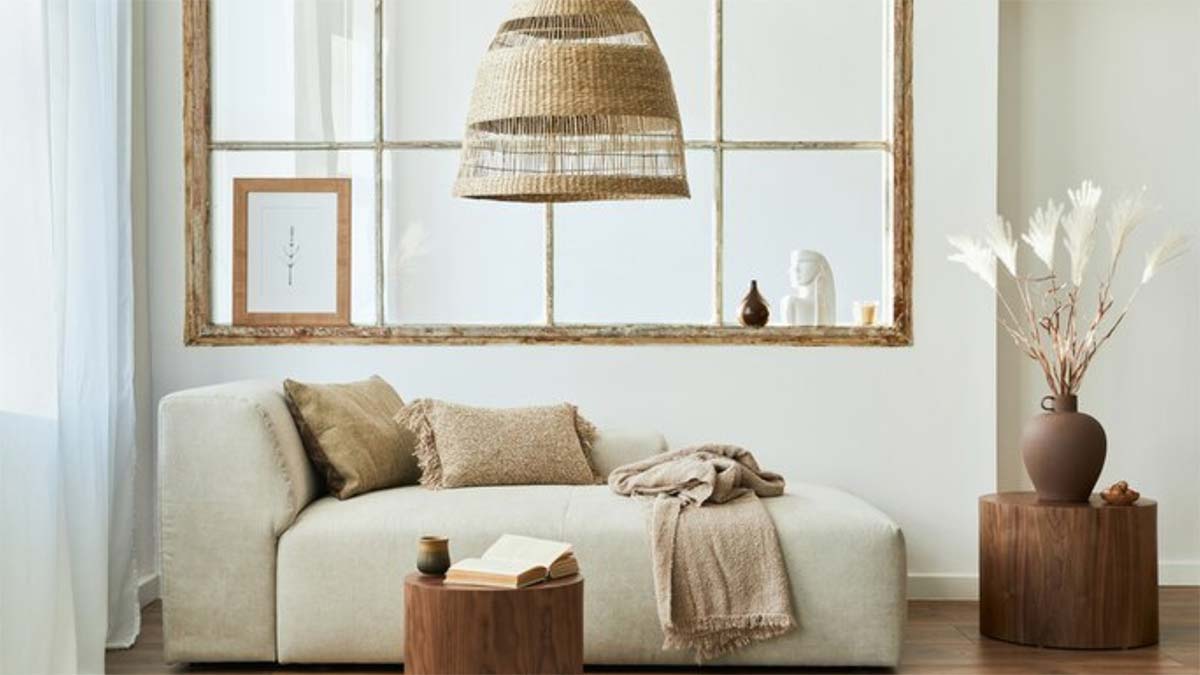Elevating: Interior Design Curation as Personal Expression
Categories: Interior Architecture
The evolution of interior design from mere decoration to a form of personal and artistic expression marks a significant shift in how we perceive and interact with our spaces. This paradigm shift encourages us to view our living and working environments as places to inhabit and as canvases for personal expression and creativity. Through this lens, every design choice becomes an opportunity to reflect individual stories, emotions, and aesthetic sensibilities, elevating interiors to artful expressions of the self.
Personal Expression Through Design
The move towards seeing interior design as a form of personal expression is a reflection of a broader societal shift towards authenticity and individuality. In this context, spaces become deeply personal artifacts, mirroring the complexities and nuances of the individual’s identity. This approach challenges the one-size-fits-all mentality of traditional decorating, advocating instead for spaces that are as unique and multifaceted as the people who inhabit them.
The Role of Color, Texture, and Form
Color, texture, and form are the building blocks of this expressive approach to interior design. By intentionally using these elements, designers and homeowners alike can craft environments that evoke specific moods, tell stories, and create atmospheres that resonate on an emotional level. For instance, a boldly painted wall can serve as a backdrop for a curated collection of artworks, each piece adding a layer of depth and meaning to the space.
Integrating Art and Functionality
One of the hallmarks of this approach is the seamless integration of art and functionality. Furniture, lighting, and even everyday objects are chosen for their practicality and aesthetic value and ability to contribute to the space’s overall narrative. This fusion of art and utility encourages a holistic view of interior design, where beauty and functionality coexist harmoniously, providing environments that are visually appealing and conducive to living and working.
Art as a Catalyst for Well-being
Incorporating art into interior design goes beyond aesthetic appeal; it serves as a catalyst for well-being and inspiration. Artistic elements in our spaces can elevate our mood, stimulate creativity, and provide a sanctuary for reflection and relaxation. This concept aligns with the growing awareness of the importance of creating spaces supporting mental and emotional health, underscoring that our environments play a crucial role in our overall well-being.
Embracing the Unconventional
Embracing this artistic approach to interior design encourages a departure from conventional norms, inviting experimentation with unconventional layouts, bold color schemes, and unique art pieces. This freedom to experiment allows for the creation of spaces that truly reflect the individual’s personality and creative vision, offering an antidote to the homogeneity of mass-produced design aesthetics.
The Future of Interior Design
Looking ahead, the future of interior design lies in its ability to adapt and respond to individuals’ evolving needs and preferences. As we continue to seek spaces that reflect our identity and values, the role of interior design will expand, blurring the boundaries between art, design, and personal expression. This holistic approach enriches our living environments and fosters a deeper connection with the spaces we inhabit, marking a new era in how we conceive and interact with our surroundings.
Conclusion
The transformation of interior design into a medium for personal expression and artistic exploration represents a significant cultural shift towards more meaningful and personalized environments. Viewing our spaces as extensions of ourselves opens up endless possibilities for creativity, self-expression, and emotional resonance. In this light, interior design becomes about creating beautiful spaces and crafting environments that inspire, heal, and reflect the rich tapestry of human experience.



Leave a Reply
Want to join the discussion?Feel free to contribute!